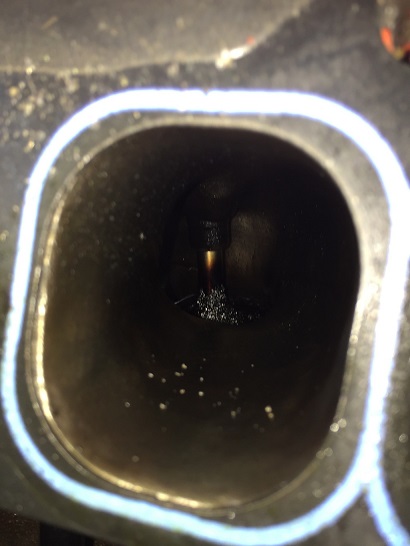
I'm swapping out intakes and noticed an oily buildup on the intake valves that I could see (all with the same amount). The engine has about 5000 miles on the complete rebuild including head work and new seals.
When I got the car, it had one pcv valve connected to the carb on the passenger valve cover plus with a round mr gasket filter vent on the other. I (thinking it was a good idea) moved the pcv valve to the driver valve cover (and to the carb), then added a hose from the bottom of the air cleaner to an inlet on the passenger valve cover. Was this a good idea? Is it sending too much crankcase oily air into the carb?
Ron
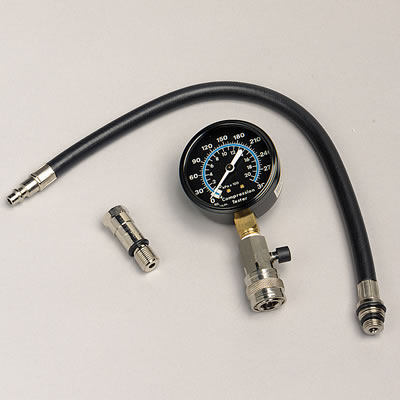
If the valve springs are to be removed with the heads still on the car,
the last thing you want is too remove a valve spring and have the valve to drop into the cylinder,
if you use air the crank tends to want to spin the crank to BDC, youll want to verify TDC ,
and make sure the flywheels temporarily prevented from turning from that the TDC position,
Ive used both methods both work,you can put 6 ft of rope in the cylinder while its in BDC then turn it to TDC, Ive used both with zero issues,
If you use the compressor youll want to keep it at 120 psi and constantly feeding pressurized air to keep the valves held in place,
and theres a small chance the compressor pushes enough moisture to allow water to accumulate in the cylinders,
so be sure you spin the engine with the starter with the spark plugs removed several times before you re-install plugs.
if you use the rope, theres a very low chance that the rope will tangle and form a knot that makes removal difficult,
in either case be sure the pistons locked at tdc,
before removing the valve springs, on each cylinder.
https://youtu.be/OsGqmOQus6Y
no! you need to do a leak down test, and other testing to determine the oil source getting into the intake runners and ports,when you see that much oil residue on an engines intake valves in under 20K miles on a newly rebuilt engine, its a great indication your valve seals are either defective or improperly installed,or the wrong valve seals for that application, or have been damaged by the retainer hitting the seals due to insufficient clearance, and probably your valve guides are worn, OR YOUR INTAKE MANIFOLD GASKETS, leak ALLOWING OIL TO BE SUCKED FROM THE LIFTER GALLERY
IF your RINGS were worn or never seated to the bore walls ,the LEAK DOWN TEST SHOULD EASILY SHOW THAT, but it sure looks like a valve guide or seal issue!
light surface ,oily deposits in the intake runners ,are fairly normal due to reversion during the over lap cam timing
http://garage.grumpysperformance.co...w-cam-now-engines-burning-a-bit-of-oil.14569/

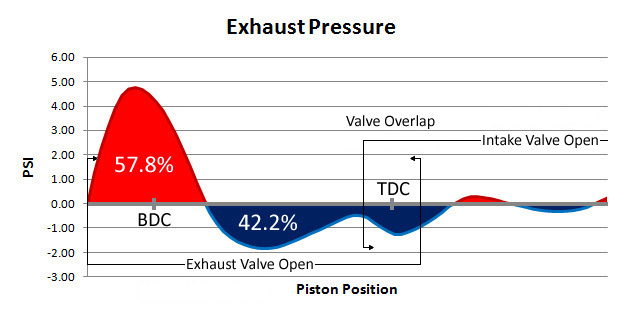

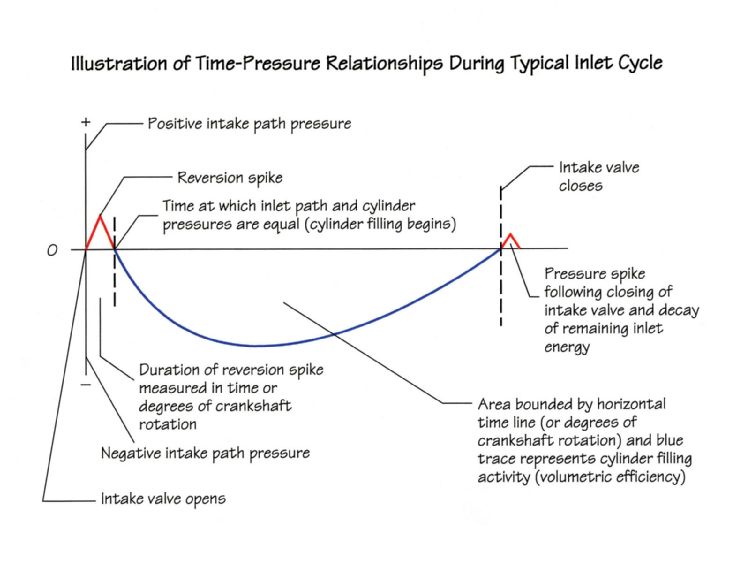
almost any cam will cause intake manifold reversion or pulsed low speed air flow in the engines intake runners , this often results in the PCV valve rapidly oscillating in response to the changes in air vacuum/pressure

but that picture shows HEAVIER oil use than reversion alone would allow in that mileage
one old time test you should do, is the following procedure
(1) get a buddy in a second car to follow your car and ideally video tape what he sees to show it to you
(2)put the car in first gear on a section of road that you can safely play with the car on without causing issues with other cars
(3) briskly accelerate (but not had enough to spin the tires) through two gears up to about 40 mph, then with it still in gear, pull your foot off the gas and let the engine slow the car.
(4)exhaust smoke during brisk acceleration is probably rings and blow-bye due to high cylinder pressure
exhaust smoke on DE-acceleration while the engines slowing the car, is due to high engine vacuum, and is more than likely defective valve guides or valve seals
http://garage.grumpysperformance.co...-vortec-heads-and-other-heads.401/#post-10405
http://garage.grumpysperformance.com/index.php?threads/removing-valve-seals.4283/#post-11290

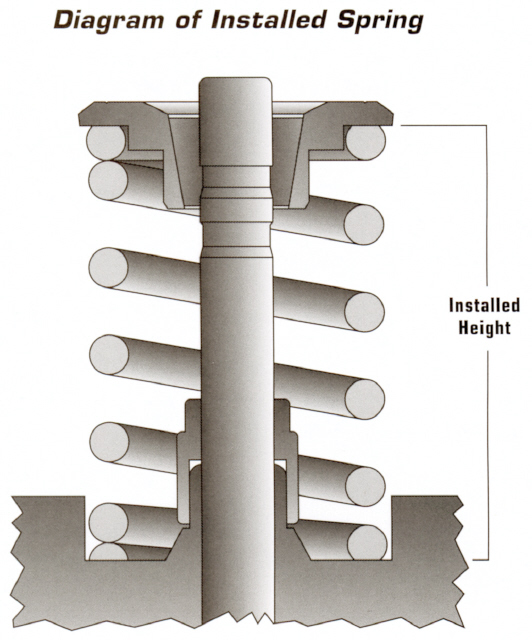
http://garage.grumpysperformance.co...-to-be-a-forgotten-art-form.11838/#post-56133
http://www.cylinderheadsupply.com/valve-guide-tools-guide-top-cutters.html
http://garage.grumpysperformance.com/index.php?threads/leak-down-test.332/#post-14272
http://garage.grumpysperformance.com/index.php?threads/oil-on-plugs.11044/#post-49058
Last edited:
